California’s high-speed rail project could start passenger service between Merced and Bakersfield by 2030, the California High-Speed Rail Authority reported on Friday, Aug. 22.
The 171-mile Central Valley segment from Merced to Bakersfield of the project is now 78% complete, according to the 2025 project update report. Track installation is expected to begin in early 2026, and testing could start as soon as 2028.
This segment will be the first operational stretch of the California high-speed rail system, which would connect Southern California to the Central Valley and the Bay Area.
Here's what to know about the report and the California High Speed Rail project.

Gilroy Emerges as strategic link to Bay Area for California's high speed rail project
Plans to extend the line from Merced north to San Jose and San Francisco are continuing, with Gilroy identified as a critical junction, according to the CHSRA. An environmental clearance for the Merced–Gilroy–San Jose corridor has been started, and local officials are preparing for construction to begin in Gilroy as early as 2026
The Gilroy station would serve as a gateway to Silicon Valley and could eventually connect with Caltrain and other regional transit systems. The Authority is also exploring transit-oriented development opportunities around the future station site.
Brightline West Connection could create seamless travel to Las Vegas
While Brightline West continues its own construction between Las Vegas and Rancho Cucamonga, CHSRA officials are considering future connections between the two systems. A connection point in Palmdale—already part of CHSRA’s plan—could allow passengers to travel from Las Vegas to Bakersfield, Merced, and eventually San Francisco.
Related: Brightline West So Cal-to-Vegas high-speed rail investigation work arrives in Victorville
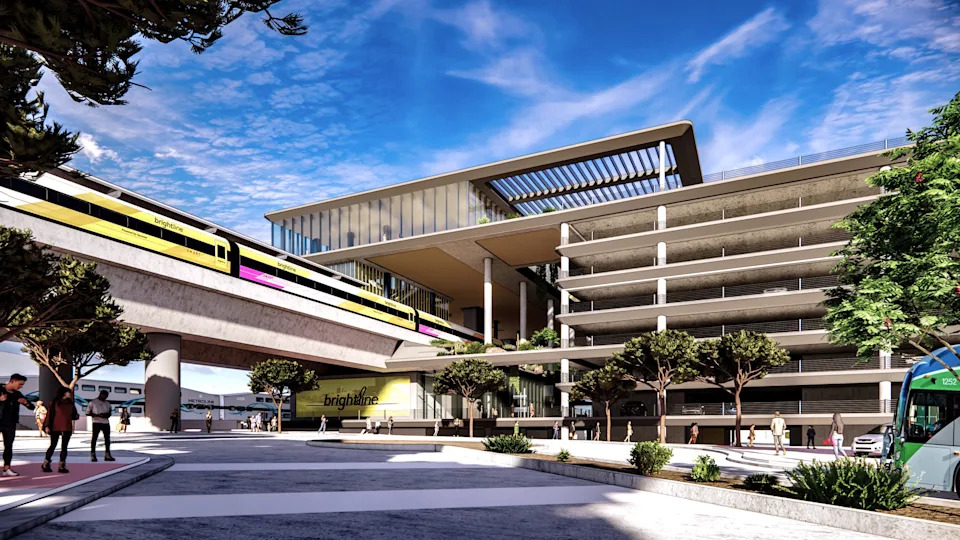
The 218-mile Brightline West high-speed rail project would connect Las Vegas to Rancho Cucamonga, with stops in Apple Valley and Hesperia in the Victor Valley.
Once completed, passengers can travel between Las Vegas and Rancho Cucamonga in about 2 hours, with the train reaching speeds of up to 200 mph.
Federal funding pulled California high-speed rail funding, project seeks alternatives
In July, the Trump Administration pulled $4 billion in federal funding from the state’s high-speed rail project, citing missed deadlines and cost overruns.
The Federal Railroad Administration's termination letter cites CHSRA’s failure to meet critical milestones, most notably the guarantee of high-speed operations between Merced and Bakersfield by the 2033 deadline.
California officials pushed back against the rescission of funds by the Trump Administration.
More: Trump slashes California high-speed rail funds. Will Palm Springs train be affected?
"Canceling these grants without cause isn’t just wrong — it’s illegal," said California High-Speed Rail Authority CEO Ian Choudri. "These are legally binding agreements, and the Authority has met every obligation ... This is no time for Washington to walk away on America's transportation future.”
To help shore up the potential loss of federal funds, the authority is urging lawmakers to revise a 2022 law that limits spending outside the Central Valley to $500 million. The agency says lifting that cap would unlock progress on extensions to San Francisco and Los Angeles. The authority is also counting on the Legislature to approve Governor Gavin Newsom’s proposed extension of the state’s Cap-and-Trade program. The plan includes a guaranteed $1 billion annually through 2045 for high-speed rail. The program generates revenue by selling emissions credits to companies at state-run auctions.
What is the California High-Speed Rail Authority?
The California High-Speed Rail Authority was created in 2008 after California voters approved a bond measure, supported by then-Republican Governor Arnold Schwarzenegger, for a high-speed rail project connecting the Los Angeles area with the San Francisco Bay Area.
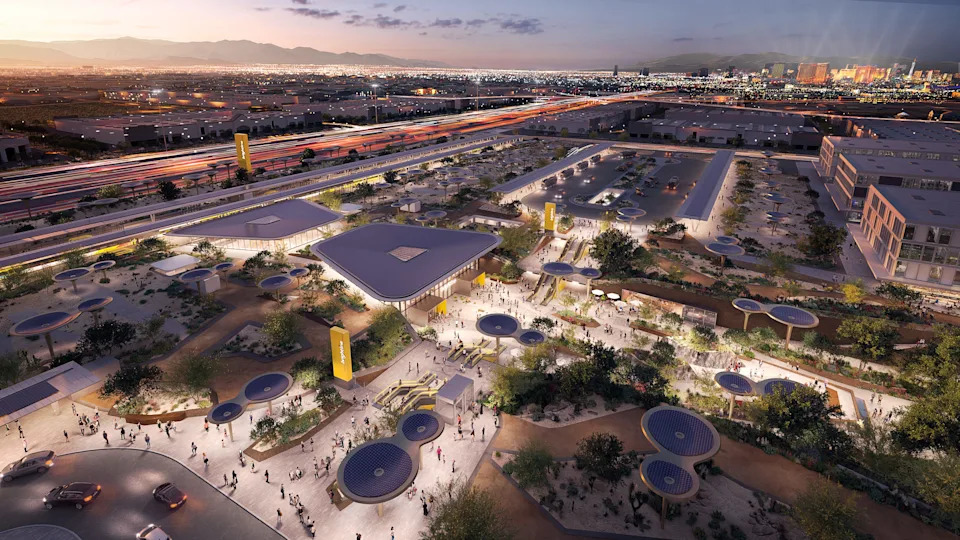
Since then, the project has been plagued by legal battles, cost overruns, and political opposition, which have led to cost increases of roughly $100 billion more than the High-Speed Rail Authority's original $33 billion estimate.
In 2019, Newsom scaled back the project scope when he advocated completing the Central Valley portion connecting Bakersfield to Merced before expanding the project to connect Los Angeles and the Bay Area. According to the Los Angeles Times, roughly $13 billion has been spent on the project to-date.
The California High-Speed Rail line from Merced to Bakersfield will begin carrying passengers between 2030 and 2033.
This article originally appeared on Palm Springs Desert Sun: High-speed rail may launch Merced-Bakersfield service by 2030


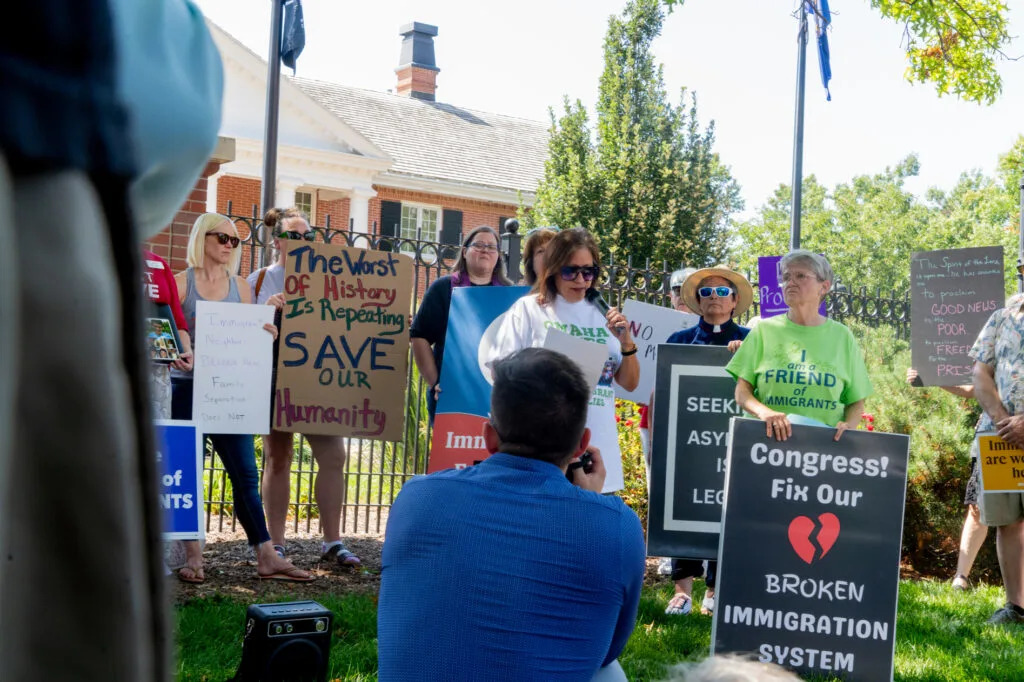
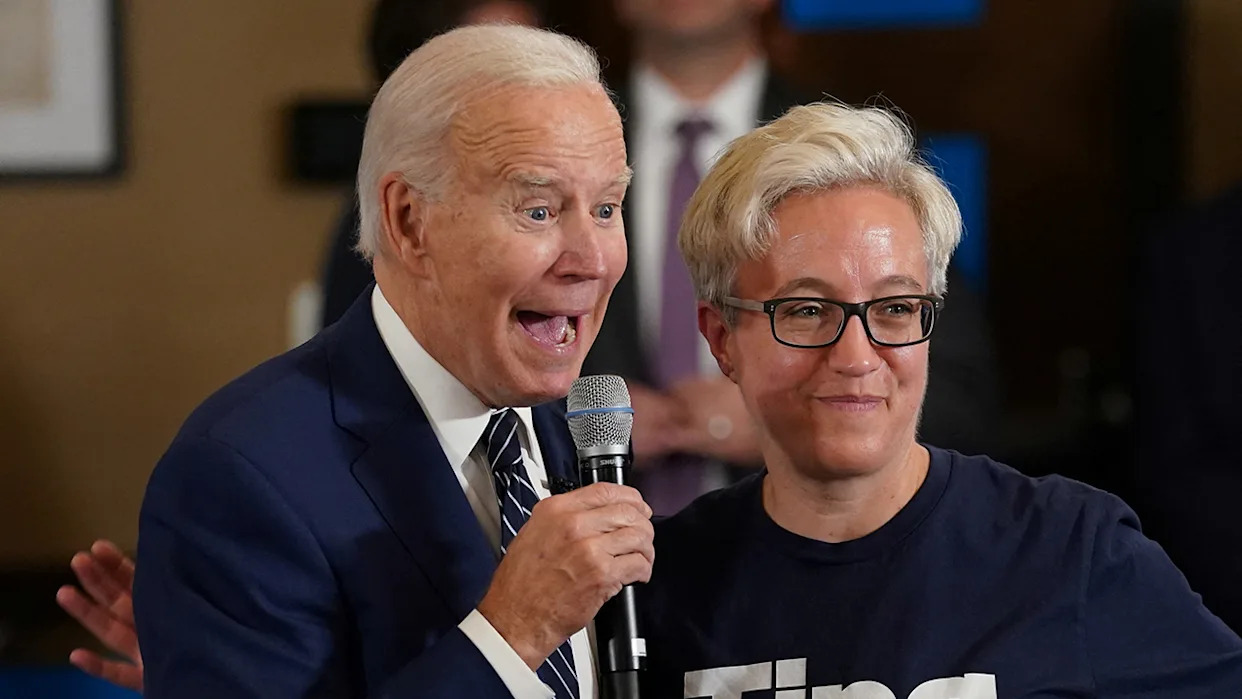

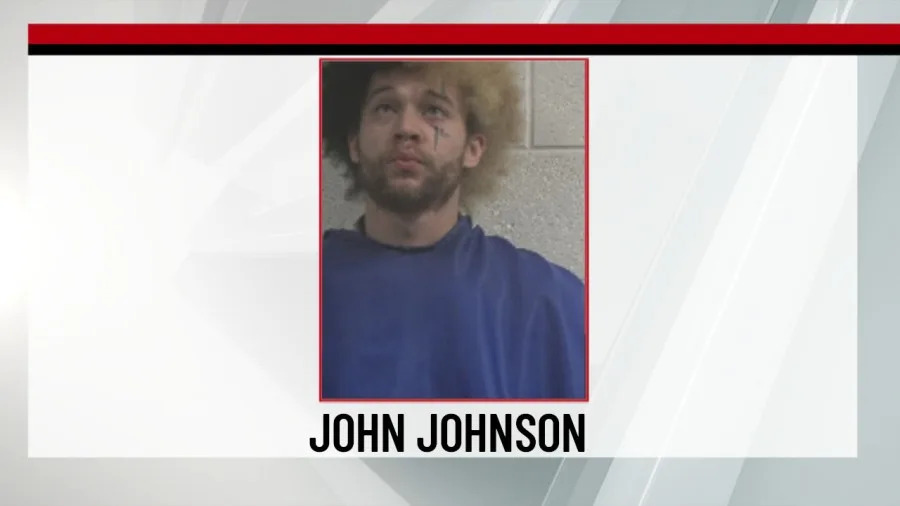


Comments